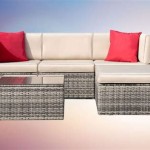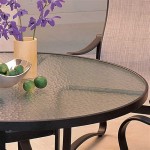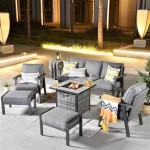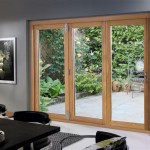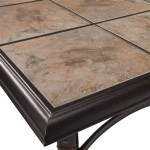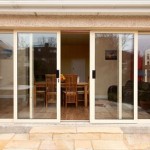Patio Cover Design Plans: A Comprehensive Guide
A patio cover is a valuable addition to any home, providing shade, protection from the elements, and an extended living space. Designing a patio cover can be a fun and rewarding process, but it requires careful planning and consideration. This article will guide you through the essential steps of creating patio cover design plans that meet your specific needs and aesthetic preferences.
1. Determining Your Needs and Requirements
The first step in designing a patio cover is to define your specific needs and requirements. Consider the following factors:
- Size and Shape: Determine the dimensions and shape of your patio cover to ensure it adequately covers your patio space. Consider the size of your existing patio furniture and the amount of walkway space you require.
- Materials: Choose materials that align with your budget, aesthetic preferences, and the climate conditions in your area. Popular materials include wood, aluminum, vinyl, and polycarbonate.
- Style: Select a style that complements your home's architecture. Consider options such as traditional, modern, or contemporary.
- Functionality: Decide whether you need additional features like lighting, fans, or built-in speakers.
- Budget: Establish a budget for your patio cover project. This will help you narrow down material options and design features.
By carefully considering these factors, you'll be able to develop a clear vision for your patio cover design.
2. Creating a Detailed Design
Once you have a good understanding of your needs, you can start creating a detailed design for your patio cover. This involves:
- Drawing a Sketch: Begin by sketching your patio cover design on paper. Include dimensions, layout, and any desired features.
- Choosing a Roof Style: Select the roof style that best suits your design and needs. Options include flat, pitched, gable, or vaulted.
- Selecting Posts and Beams: Determine the size and material for your posts and beams, ensuring they can support the weight of the roof.
- Considering Framing and Structural Elements: Determine the framing system and materials for your patio cover, ensuring it meets local building codes and regulations.
- Integrating Lighting and Other Features: Plan for lighting, fans, or other desired features, ensuring they are incorporated into your design.
Creating a detailed design will ensure that your patio cover is structurally sound and meets all aesthetic requirements.
3. Utilizing Patio Cover Design Software
To further refine your plans and visualize your design, consider using patio cover design software. These programs offer a range of features, including:
- 3D Modeling: Create virtual models of your patio cover, allowing you to see it from all angles and make adjustments to the design.
- Material Selection: Explore different materials and finishes, allowing you to choose the best options for your needs.
- Customization: Adjust the size, shape, and features of your patio cover to create a truly unique design.
- Cost Estimation: Get an estimated cost for your project based on the materials and features you select.
Patio cover design software can simplify the design process, enabling you to create professional-looking plans and make informed decisions.
4. Enlisting Professional Help
While designing your patio cover yourself can be fulfilling, seeking professional assistance can be beneficial. Consider consulting with:
- An Architect or Designer: These professionals can create intricate designs tailored to your specific site and aesthetic preferences.
- A Contractor: A contractor can provide guidance on structural requirements, material selection, and installation considerations.
- A Landscape Designer: A landscape designer can ensure your patio cover complements its surroundings and enhances the overall design of your outdoor space.
Professional assistance ensures your patio cover is well-designed, structurally sound, and aesthetically pleasing.
Patio Cover Plans Build Your Or Deck
Patio Cover Plans Build Your Or Deck
Patio Cover Plans Build Your Or Deck
Patio Cover Plans Build Your Or Deck
Patio Cover Plans Build Your Or Deck
Patio Cover Plans Build Your Or Deck
Patio Cover Plans Gardenplansfree Covered Design Diy
Patio Cover Plans Build Your Or Deck In 2024 Covered Building A
Building A Patio Cover Plans For An Almost Free Standing Roof
Patio Roof Gazebo Construction Hometips Diy

